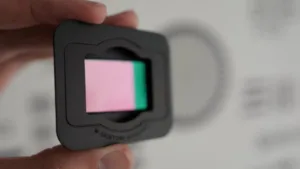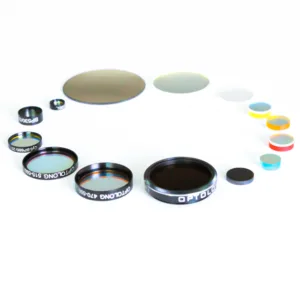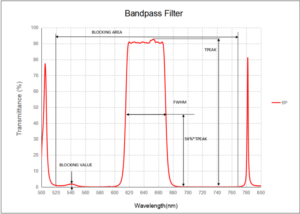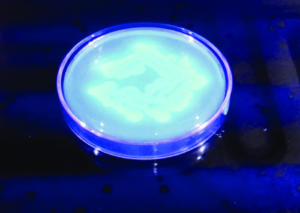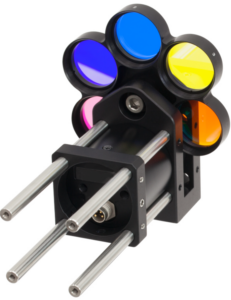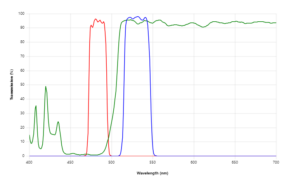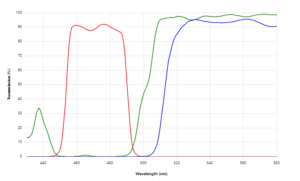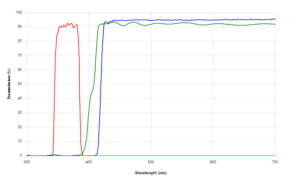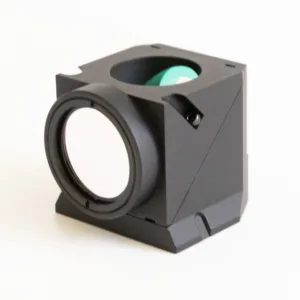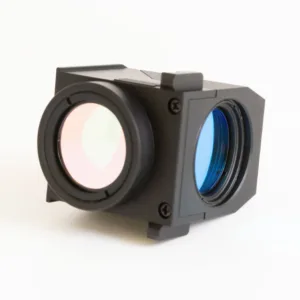-
What Is An Optical Low Pass Filter?
Introduction An optical low pass filter (OLPF) is a vital component found in many digital cameras. It plays a crucial role in ensuring the quality of the photos you capture. Think of it as a guardian that protects your images from unwanted visual disturbances, like moiré patterns and aliasing. This filter works by gently blurring …
Read More -
How Does Optical Band Pass Filter Work?
An Optical Band Pass Filter is a powerful device in optics and photonics. It’s like a gatekeeper for light, allowing only a specific range of wavelengths to pass through while blocking others. Imagine it as sunglasses for light! These filters are crucial in various applications, like photography, telecommunications, and scientific research. They help isolate specific …
Read More -
How To Design A Optical Band Pass Filter?
Designing an Optical Band Pass Filter is a fascinating journey into manipulating light. This process involves crafting a filter that allows specific colors to pass through while blocking others. Whether you’re delving into photography or scientific research, this tool offers a creative way to shape light to your advantage. By choosing transparent materials, selecting coatings, …
Read More -
What Fluoresces Under Uv Light?
Have you ever wondered why certain things light up when exposed to UV light? This captivating phenomenon occurs due to the interaction between ultraviolet light and specific materials. When UV light, which carries more energy than visible light, meets these materials, it energizes their atoms. These excited atoms release the excess energy as visible light, …
Read More -
Dichroic Color Filters For Landscape Lighting
Elevate your outdoors with dazzling dichroic color filters for landscape lighting. These tools add vivid and calming colors to gardens, paths, and structures. Filters transmit and reflect light, crafting enchanting atmospheres for any event. From relaxed get-togethers to stylish parties, they’re a simple way to revamp your outdoor look. Explore dichroic filters to see how …
Read More -
What is an Optical Band Pass Filter Used For?
Introduction In order to let one range of light wavelengths through while obstructing others, an optical band pass filter is a useful tool used in optics and photography. Only the desired colors or wavelengths are able to pass through these filters and reach the camera sensor or detector, acting as somewhat of a gatekeeper for …
Read More -
Is Alexa Fluor 488 or FITC Good for Apoptosis Study?
Introduction Selecting the appropriate fluorescent dye is essential for producing accurate and trustworthy data while doing apoptosis research. Alexa Fluor 488 and FITC (Fluorescein Isothiocyanate) are two extensively used dyes. The question “Is Alexa Fluor 488 or FITC good for apoptosis study?” is one that researchers frequently ask themselves. We will thoroughly examine both colours, …
Read More -
What is the Wavelength Range of DAPI Filter? – Revealing the Secrets of Fluorescence Microscopy
Introduction Fluorescence microscopy has significantly advanced biological research by enabling highly precise visualisation of complex cellular components. The DAPI filter, which is an essential element of fluorescence microscopy, is critical in catching and detecting particular wavelengths produced by fluorophores. In-depth discussion of the wavelength range of DAPI filters, their uses, and how they support cutting-edge …
Read More -
Fluorescence Microscope Filters: Showing the Secrets of Excellent Imaging
Introduction Researchers and scientists can now explore the world of fluorescence imaging with clarity and precision never before possible thanks to Fluorescence Microscope Filters, which have revolutionised the discipline of microscopy. We explore the techniques for superb image with these cutting-edge filters in this extensive article. We will go over all you need to know …
Read More -
How Does DAPI Filter Fluorescence Microscopy Revolutionize Biological Research?
Introduction Technological developments have been essential in solving the riddles of life in the dynamic field of biological research. Fluorescence microscopy using a DAPI filter is one such revolutionary invention. This cutting-edge method has completely changed how scientists view and analyse biological samples, opening up new research directions and deepening our understanding of living things. …
Read More

